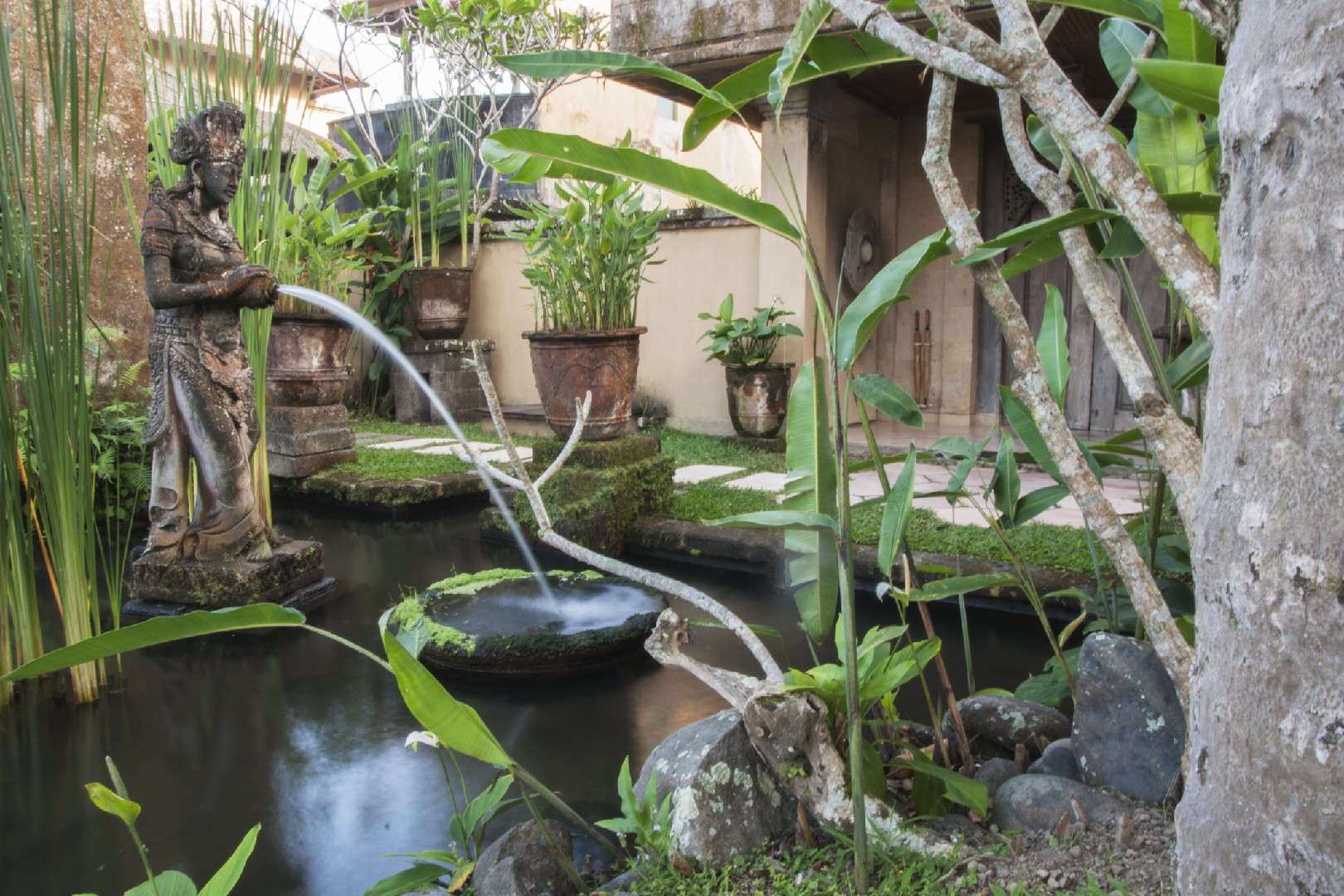![Rectangle]()
Understanding the Importance of Meditation Gardens
Meditation gardens are serene spaces that have been designed to promote tranquility, reflection, and peace. These specially curated spaces provide an ideal environment for individuals to practice meditation, mindfulness, and self-reflection. By integrating elements of nature, such as lush greenery, soothing water features, and aromatic plants, meditation gardens create a harmonious ambiance that calms the mind and soothes the senses.
The benefits of meditation gardens extend beyond just relaxation. Research has shown that spending time in these tranquil settings can have a profound impact on our overall wellbeing. One of the key advantages is stress relief. In today's fast-paced world, stress has become a common issue, leading to various health problems. However, when we retreat to a meditation garden, we are enveloped in an atmosphere of serenity that helps us unwind and let go of our worries. The quietude of these gardens allows us to disconnect from the hustle and bustle of everyday life, thus reducing stress levels and promoting a sense of inner calm.
Another significant benefit of meditation gardens is improved concentration. In our modern world, where distractions are abundant, it can be challenging to maintain focus. However, meditation gardens offer a quiet sanctuary that allows us to concentrate on the present moment. The soothing sounds of nature and the absence of external disturbances create an environment conducive to deep concentration and introspection. Regular practice in these gardens can enhance our ability to focus, resulting in increased productivity and a greater sense of clarity.
Connecting with nature is vital for our overall wellbeing, and meditation gardens play a crucial role in fostering this connection. These gardens provide an opportunity to experience the beauty of the natural world firsthand. Surrounded by vibrant flowers, whispering trees, and melodious birdsong, we can develop a profound appreciation for the wonders of nature. This connection with the environment not only brings us peace and joy but also gives us a sense of belonging and interconnectedness with all living beings.
Furthermore, the aesthetic appeal of meditation gardens is undeniable. These thoughtfully designed spaces combine elements of beauty and functionality to create a visually pleasing environment. From carefully arranged plants to carefully placed stone pathways, every aspect of the garden is meticulously planned to create a harmonious and visually appealing composition. This attention to aesthetics not only enhances the overall experience but also makes the garden an attractive feature in any setting.
To fully immerse yourself in the serenity of a meditation garden, it is beneficial to incorporate specific practices into your visit. Start by finding a comfortable spot to sit or lie down and allow yourself to relax. Take deep, slow breaths and let go of any tension in your body. Observe the sights, sounds, and scents around you, allowing your senses to fully engage with the environment. You may also choose to bring a small token or object of personal significance to aid in your meditation practice. By cultivating a regular habit of visiting meditation gardens and incorporating these practices, you can experience the profound benefits they offer for your mind, body, and spirit.
In conclusion, meditation gardens are invaluable spaces that promote tranquility, reflection, and peace. Through their carefully curated design and integration of natural elements, they provide an escape from the anxieties and stresses of everyday life. Spending time in these serene environments can improve our overall wellbeing, enhance our concentration, deepen our connection with nature, and uplift our spirits. By incorporating the suggested practices, you can make the most of your meditation garden experience and unlock the transformative power it holds. So, take the time to visit a meditation garden near you and embark on a journey of self-discovery and serenity.





